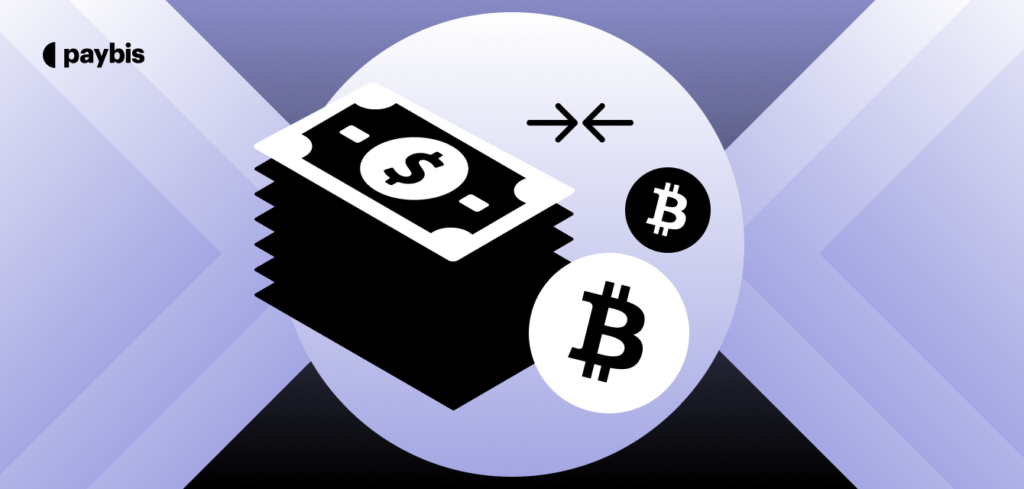Bounty
A crypto bounty is a reward offered by a blockchain project as part of its bounty program for completing specific tasks. These tasks can be technical, like finding bugs in their code, or promotional, like spreading awareness on social media. Think of it as a way to earn crypto by helping a project out.
Table of contents
What is Bounty in Crypto?
In the context of web3, a bounty usually refers to a reward offered by a company or individual to incentivize certain tasks or activities that benefit a specific blockchain project or the broader crypto ecosystem.
These tasks vary widely and can include activities like software development, bug hunting, security improvements, marketing, graphic design, and community engagement.
What is the Use of Bounty in Crypto?
Bounties are commonly used in the crypto space as a way to crowdsource skills and expertise. For instance, in software development, a project might issue a bounty for identifying and fixing security vulnerabilities.
This is especially valuable in the blockchain domain where security is paramount. Offering a reward for finding a bug can attract a diverse group of skilled individuals who might not otherwise have an incentive to engage with the project.
Marketing and community engagement bounties are another significant area. Projects might offer rewards for activities like writing blog posts, producing promotional videos, or translating documents into different languages. This helps in spreading awareness and knowledge about the project across different regions and communities.
Bounties allow projects to tap into a global talent pool, promoting innovation and rapid development. Payments for completed bounties are typically made in the project’s native cryptocurrency, which also serves to distribute and circulate the token among a broader audience.
Crypto Bounty Helps Tackle Theft in DeFi
In decentralized finance (DeF), the responsibility for asset security largely rests on the users, particularly those who opt for self-custodial wallets as opposed to using centralized exchanges or custodians.
This self-custodial model underscores one of the fundamental appeals of cryptocurrencies: autonomy and independence from traditional financial intermediaries.
However, this independence comes with a significant caveat: there is no middleman to intervene in the event of hacks or theft. Consequently, in such scenarios, the entire liability falls on the individual users, placing them in a vulnerable position.
Cybercriminals, exploiting vulnerabilities in smart contracts or other coding weaknesses, can and do orchestrate thefts of cryptocurrencies from wallets or protocols. Occasionally, these thefts are of staggering magnitudes, amounting to millions of dollars. Such incidents not only represent significant financial losses for the victims but also strike at the heart of the perceived security and reliability of the blockchain infrastructure.
Unfortunately, the recovery of stolen crypto funds is exceptionally challenging, primarily due to the pseudonymous nature of blockchain transactions and the absence of a centralized authority to mediate disputes or investigate thefts. This lack of a definitive resolution mechanism in the event of such crimes leads victims to resort to alternative methods for seeking restitution.
One such method is the issuance of a bounty. Victims of crypto theft can announce a bounty, inviting skilled individuals like blockchain developers, white hat hackers, and cybersecurity professionals to assist in tracking down the stolen funds.
These experts employ their knowledge of blockchain forensics and transaction analysis to trace the path of the stolen assets in the hopes of retrieving them. As a reward for this service, they are typically offered a pre-agreed sum or a percentage of the total recovered amount.
This approach of using bounties leverages the collective expertise of the crypto community and serves as a makeshift solution in a space where traditional forms of legal recourse are limited or non-existent. While this method doesn’t always guarantee the recovery of lost funds, it often represents one of the few available avenues for victims seeking to mitigate their losses in the face of crypto theft.
Types of Tasks in Crypto Bounty Programs
Depending on the type of campaign or project, your tasks in a crypto bounty program will vary. Below are a few examples.
Social Media Bounties
- Sharing or liking social media posts
- Retweeting project announcements
- Following the project on social media
- Joining Telegram or Discord groups
Signature Campaigns
- Adding a promotional signature about the project to your posts on forums like BitcoinTalk.
Content Creation Bounties
- Writing blog posts or articles
- Creating videos or infographics
- Producing memes
Translation Bounties
- Translating whitepapers, websites, or marketing materials
Bug Bounties
- Finding vulnerabilities in the project’s code or smart contracts
- Reporting security issues or potential exploits
Marketing Bounties
- Referring new users to the project
- Facilitating partnerships or business opportunities
How to Participate in Crypto Bounties?
Want to be a crypto bounty hunter? Here’s how you can get started.
- Find Programs:
- Bounty Websites: Check out platforms like CoinLaunch, and Superteam Earn.
- Project Websites/Social Media: Projects often announce bounties on their official channels.
- Forums: Crypto forums like BitcoinTalk often have sections dedicated to bounty programs.
- Review Requirements: Carefully read the rules, requirements, deadlines, and reward structures for each bounty.
- Complete Tasks and Submit: Follow the instructions and provide proof of completing the tasks.
- Receive Rewards: If your work is approved, you’ll receive your rewards in the specified cryptocurrency.
Browse the Paybis Glossary to master more web3 lingo!
Alternatively, explore related terms and articles below.
Disclaimer: Don’t invest unless you’re prepared to lose all the money you invest. This is a high‑risk investment and you should not expect to be protected if something goes wrong. Take 2 mins to learn more at: https://go.payb.is/FCA-Info


![12 Best Ethereum Miners for Maximum Profits [Updated After ‘The Merge’]](https://paybis.com/blog/wp-content/uploads/2019/10/Blog-1340x640-Best-Ethereum-Miners-1024x489.jpg)